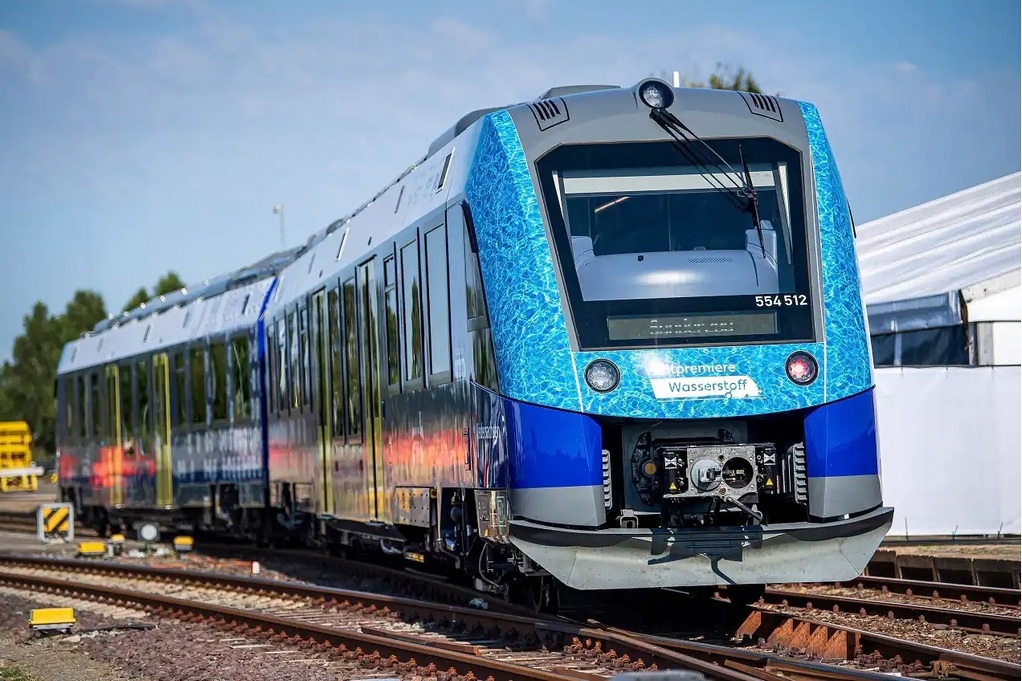Indian Railways is working on a mission mode to become the largest Green Railway in the world and is moving towards becoming a netzero carbon emitter by 2030, this was disclosed by Union Railways minister Ashwini Vaishnaw in a written reply to a question in Lok Sabha.
According to the Ministry of Railways, Indian Railways has taken a number of initiatives to reduce its carbon emissions which include the use of energy-efficient technologies like completely switching over to the production of three-phase electric locomotives with regenerative features, use of head-on-generation (HOG) technology, use of LED lights in buildings and coaches, star rated appliances and afforestation.
Further, the key strategies that have been identified for achieving the NetZero Carbon emission target are procurement of power through renewable energy sources; shifting from diesel to electric traction; promotion of energy efficiency; and afforestation.
The projected energy demand of Indian Railways in 2029-30 is expected to be about 8,200 Mega Watt (MW).
As of February 2023, about 147 MW of solar plants (both on Rooftops and on land) and about 103 MW of Wind power plants have been commissioned. Further, about 2150 MW of renewable capacity has also been tied up.
In addition, IR has planned to progressively procure renewable energy from different power procurement modes for its future energy requirements.
Tags: Afforestration, Indian Railways, LED, NetZero



Recent Posts
Scandlines Nears Delivery of Zero Emissions Ferry Following Successful Sea Trials
India faces emission roadblocks with rising net-zero demands
Green Energy Resources invests in two electric Liebherr LHM 550
NYK Launches Continuous Use of Bio LNG Fuel on Car Carriers to Advance Decarbonization Goals
Yang Ming Expands Fleet with Methanol and LNG Dual-Fuel Vessels Under Fleet Optimization Plan
ClassNK Advocates Speed Gap Monitoring to Optimize Fuel Efficiency in Heavy Weather
Wärtsilä’s retrofit package for the Corsica Linea ferry Pascal Paoli has resulted in fuel savings of up to 22 percent Corsica Linea
COSCO Shipping Names Second Methanol Dual-Fuel Containership in Yangzhou